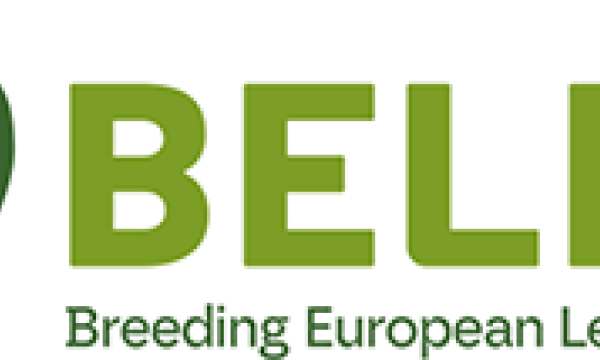Press release Quinoa, soy, chickpea, dry beans...and the parched field of 2022: results

Quinoa, soy, chickpea and dry beans, all intended for the human food chain, are hardly grown in our region at present, if at all, but they represent promising new agricultural crops in ILVO's cultivation and/or breeding research. They are all protein-rich crops which Flanders wishes to promote in the field and on our plates.
The extremely dry summer of 2022 was a tough test for these new crops.
The first post-harvest observations:
Quinoa is actually at the upper limit in 2022. Depending on the field, raw yields are between 3 to 4 tons. This is more than the bad year 2021 for quinoa, when only 1.5 to 3 tons/ha of raw yield could be harvested. Gerda Cnops, Quinoa researcher/breeder: "We tried a different sowing time this year: March instead of mid-April. That gave good results. Quinoa can withstand a little spring frost well. Flowering also took place a little earlier now, as early as June. This allowed the crop to escape the extreme heat during flowering. Heat is not favorable for good fertilization." Flemish quinoa survived the long summer drought of July and August 2022 well. The plants still found enough moisture in the soil despite the drought. This year, due to the absence of late summer rain, the quinoa grains are lighter in color, which is beneficial for quality.
ILVO is breeding quinoa to better adapt the crop to our climate, and also to even out the currently uneven ripening by using new varieties.
Soy, compared to last year, gave lower yields. The crop lands here in 2022 at medium yield, 3 tons/ha on average. Greet Tavernier (soybean crop researcher): "Soybeans go into flower in the first half of July. By then it was already dry. We suspect that as a result, fewer flowers were formed and therefore fewer pods, which contain the beans."
ILVO, together with VIB, has outsourced soybean breeding to its (first) spin off Protealis. That should develop soybean varieties that are more suitable for cultivation in northwestern Europe. The protein contents - always very important - of the 2022 harvested soybeans are not yet known.
Chickpeas are performing exceptionally well this year, while last year 2021 was a disaster. Hilde Muylle, researcher on new crops and coordinator of the KikLoVe and KiKeT research projects, says: "We're getting about 3 tons/ha this year in ILVO's own experimental fields and also at the 14 chickpea pioneering farmers we're supervising." May allowed the crop to establish itself well, i.e. the roots were able to develop well and symbiosis with soil bacteria succeeded.
For results from the trial cultivation of dry beans (white bean, berlottis and red kidney bean), it is still too early. These have not all been harvested at the time of publication.
Conclusion: Depending on their growth stage, these crops cope better or worse with drought conditions. These data on yield, drought tolerant behavior, quality of harvest, harvest security, etc. are important for farmers who want to estimate their opportunity and risk, if they would consider a new crop in their crop rotation.


